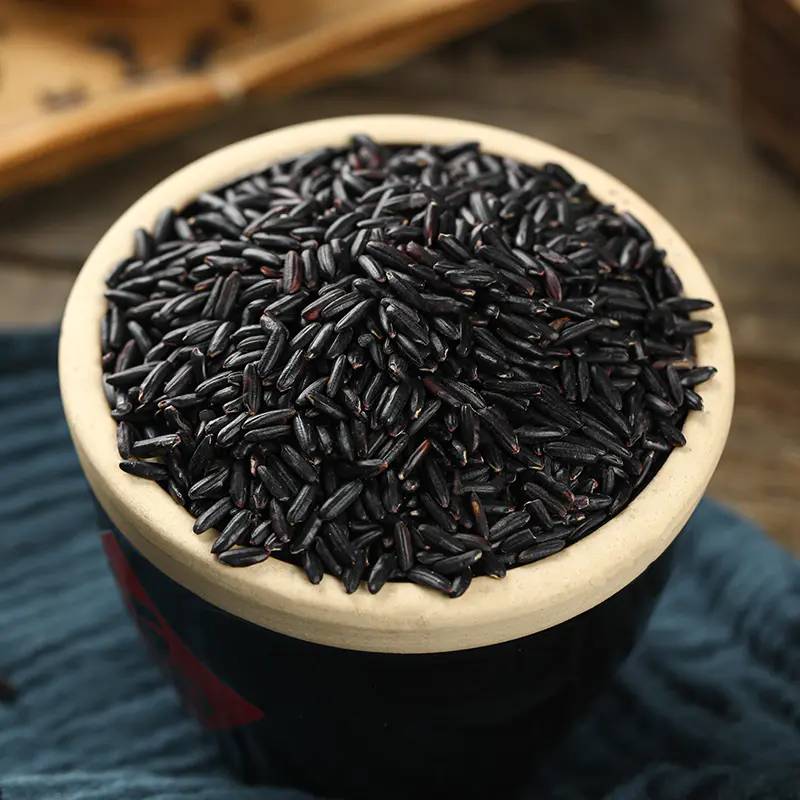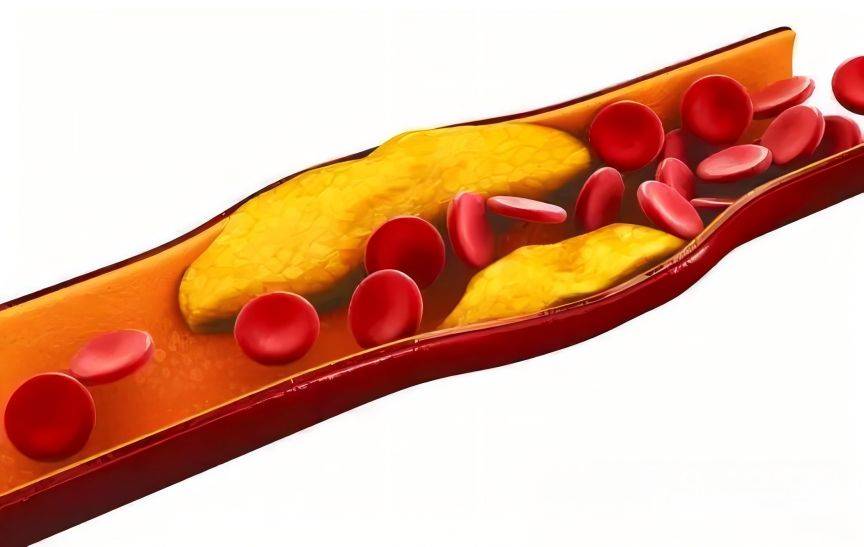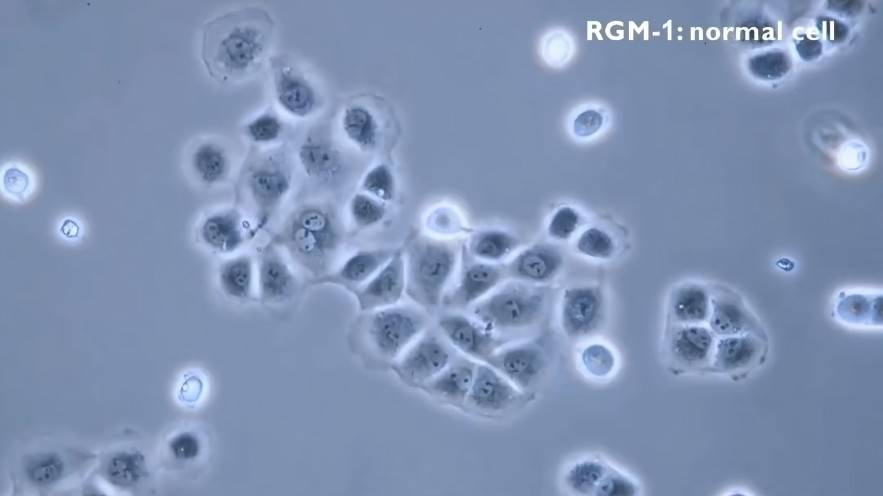흑미 안토시아닌의 건강상 이점은 무엇인가요?
쌀은 세계 & 중 하나입니다#39;s 3대 식량 작물.세계관의 절반 이상 's 인구는 쌀을 주식으로 사용하며, 중국에서 재배되는 가장 중요한 작물의 하나이다.쌀은 알갱이의 색깔에 따라 분류된다.흔히 볼 수 있는 흰 쌀밥 외에도 백미도 있다 black rice, purple rice, red rice, green rice and yellow rice. The reason for the different colors of these colored rice grains is mainly that colored rice is rich in anthocyanin.
쌀이 발육하는 동안 안토시아닌은 과피, 씨코트, 알류론층에 축적되고 색소가 축적되면서 현미가 다양한 색으로 나타나게 된다.연구에 따르면 곡물 색이 짙을수록 안토시아닌이 더 많이 함유되어 있으며 [1] 항산화 및 항노화 특성이 강하다고 한다.흑미는 모든 유색미 중에서 가장 짙은 알갱이를 가지고 있으므로 흑미 색소의 효과도 모든 유색미 중에서 가장 강하다.흑미는 영양이 아주 풍부하여 식품과 약재 면에서 모두 응용범위가 넓다.예로부터 흑미는"세계 모든 쌀의 왕","흑진주","성스러운 쌀","약쌀","장수쌀"로 명성을 누려왔는데 중국 민속문화에서는"흑은 언제나 치료약"이라고 한다.안토시아닌은 플라보노이드 화합물의 일종이다.쌀에 들어있는 중요한 활성물질로서 쌀에 우수한 색갈을 내줄뿐만아니라 산화방지, 혈중지질을 낮추고 암과 항암을 억제하며 세균을 억제하고 항염증, 항알레르기 등 생리기능을 가지고있다.

1 항 산화
The most important active function of anthocyanin is its antioxidant capacity. Black rice anthocyanin can be used as a photoprotectant to eliminate free radicals produced during photosynthesis [2], enhance the antioxidant capacity of serum and liver, and significantly enhance the biological activity of glutathione peroxidase and superoxide dismutase [3]. Using the water-soluble antioxidant tocopherol as a control, the antioxidant activity of the anthocyanin extract from purple black rice is 10 to 25 times that of the same concentration of tocopherol [4]. The mechanism of anthocyanin antioxidant has been studied relatively thoroughly, mainly in the following ways: ①Anthocyanin contains multiple phenolic hydroxyl groups in its structure, which can inhibit or directly scavenge free radicals and prevent oxidative damage. 2. Anthocyanin can remove free radicals by activating the antioxidant enzyme system (including glutathione peroxidase, catalase and superoxide dismutase, etc.). In addition, anthocyanin can also chelate metal ions, cooperate with antioxidants to reduce or remove free radical damage to the body.
혈중 지질 저하 2
Anthocyanin in black rice can effectively protect the kidney lipid peroxidation reaction in experimental mice [5], and can significantly inhibit the oxidative modification of human low-density lipoprotein. Yu Xiaoping et al. studied the effect of an anthocyanin extract from black rice husk on unstable plaques caused by atherosclerosis and found that the anthocyanin extract can significantly reduce the levels of low-density lipoprotein cholesterol, high-density lipoprotein cholesterol, cholesterol and triglyceride levels in the blood, and reduces the frequency of unstable plaque formation. Its effect is similar to that of the clinically used lipid-lowering drug simvastatin, significantly improving lipid metabolism and effectively reducing blood lipid levels [6].

3 종양세포의 성장을 억제한다
Black rice extract anthocyanins can significantly inhibit tumor cell proliferation and effectively induce apoptosis of tumor cells. The epidermal growth factor receptor (HER-2/neu) is a membrane receptor protein encoded by the proto-oncogene (ErbB-2). It is highly expressed in many types of malignant tumors, such as common colon cancer, ovarian cancer and breast cancer. Studies have shown that black rice anthocyanins can significantly inhibit the phosphorylation of HER-2/neu and extracellular regulated protein kinases (ERK-1/-2), and blocks the translocation of the transcription factor protein family member NF-κB p65 to the nucleus, thereby inhibiting the expression of genes such as vascular endothelial growth factor, matrix metalloproteinase, and urokinase plasminogen activator at the mRNA level, and blocking the HER-2/neu and downstream signal pathways (EGFR/Ras/MAPK), thereby inhibiting the expression of pro-angiogenic factors in tumor cells [7]. In addition, black rice anthocyanins can significantly inhibit the growth of HL-60 leukemia cells [8], the lung metastasis of breast cancer cell xenografts [9] and the proliferation of liver cancer cells [10]. They can also significantly inhibit the gene mutation of mammalian cells caused by tetranitroquinoline-1-oxide and inhibit the generation of tumor cells induced by phorbol [11].
항균, 항염증, 항알레르기 효과 4
안토시아닌은 세포막의 투과성을 증가시키고, 세포분열을 억제하며, 비정상적인 세포 성장이나 세포 사멸을 일으켜 항균 활성을 나타낼 수 있다 [12].포도상구균과 대장균 [13]의 성장을 효과적으로 억제할 수 있다.연구에 따르면 질소 산화물 synthase inducible의 전사와 번역 (iNOS)와 염증 성 요인 cyclooxygenase (2) 라고 요구의 규제 (NF-κ B) 핵 전사 요인이다.안 토시아 닌 검은 쌀 껍질에서 상당히 핵 전사의 생리적 기능을 억제 수 있 요인 (NF-κ B)을 줄이고 효과적으로 막판에 의해 형성 된 동맥경화증, 염증을 억제 함 으로써 [14].검은 쌀 안 토시아 닌 인터페론-γ와 interleukin-4 사이에 불균형을 조절 할 수 있고, 그렇게 함 으로써 효과적으로 선동적인 세포의 침투를 줄이는 신체 조직 [15].
Anthocyanin in black rice significantly increases tyrosine phosphorylation of insulin receptor substrate-1 (IRS-1) by inhibiting the activation of aminopeptide endopeptidase in rat adipose tissue, thereby accelerating translocation of glucose transport. The overall content of oxidized glutathione and malondialdehyde, a lipid peroxide product, in the blood of rats fed anthocyanin was significantly lower, Anthocyanin supplementation in the diet can effectively improve the sensitivity of experimental mice to insulin, indicating an insulin-sensitizing effect of anthocyanins [16]. Anthocyanin extract can significantly inhibit the release of foot amine and the internal calcium uptake of cells, and significantly reduce the expression of interleukin 6 and tumor necrosis factor α protein, thereby significantly inhibiting the allergic reaction of experimental rats [17].

그 외 5가지 효과
Black rice Anthocyanin can effectively prevent cardiovascular disease, chronic disorders, degenerative diseases [18] and atherosclerosis [19]. It also has a significant protective effect on peroxidation damage to vascular endothelial cells caused by oxidized low-density lipoproteins [20], photochemical damage to the retina [21], and CCl4-induced subacute liver injury [22]. In addition, the alcoholic extract of black rice husk (anthocyanin) can inhibit tyrosinase activity, thereby inhibiting the synthesis of melanin and reducing skin pigmentation. Black rice anthocyanin can reduce skin pigmentation [23], lower the glycemic index, and prevent obesity and diabetes [24].
6 결론
최근 환경 악화와 피플 &의 변화로#39;s 생활방식, 고지혈증, 고혈당, 관상동맥질환, 암 등 현대만성질병의 발병률이 계속 높아지고있습니다.현재 중국 인구의 약 45% 가 아건강 상태에 있다.중국 인구의 3분의 2가 쌀을 주식으로 사용하고 있는데 기능성 쌀의 연구 개발은 현실적인 의미가 클 것이다.안토시아닌은 플라보노이드 화합물이다. an important active substance in rice, not only gives it an excellent color, but also has physiological activities such as anti-oxidation, lowering blood lipids, antibacterial, anti-inflammatory and anti-cancer. Effective intake of Anthocyanin through eating black rice in the daily diet has become an effective means for people to achieve “food supplement” and “diet therapy”, and is playing an increasingly important role in the field of functional food development and research.
참조:
[1] 장밍웨이, 궈바오장, 치장웨이 등.흑미의 품종에 따른 항산화 효과 및 총 플라보노이드 및 안토시아닌 함량과의 관계 [J.중국농학, 2005, 38 (7):1324-1331.
[2] 히모리 M, 코우에, 미첼 애.조리가 흑미 (Oryza sativa L. japonica var. SBR)의 안토시아닌에 미치는 영향 [J.한국농식품화학학회지, 2009, 57(5):1908-1914.
장밍웨이, 장루이펜, 궈바오장 등.흑미주에 함유된 anthocyanin의 항산화 및 저염효과 (J.한국영양학회지 2006 (5):404-408.
[4] 이치카와 H, 이치야나기 T, 수 B 외.자주흑미 [J] 로부터 추출한 안토시아닌 추출물의 항산화 활성.한국약용식품학회지, 2001, 4(4):211-218.
[5] Guo HH, Ling WH, Wang Q 등.흑미 (Oryza sativa L. indica)의 안토시아닌 풍부한 추출물이 fructose-fed rats의 고지혈증 및 인슐린 저항성에 미치는 영향 [J].2007, 62(1):1-6.
[6] 유샤오핑, 하샤오동, 하민 등.흑미겨 안토시아닌이 죽상경화반의 안정성에 미치는 영향 (J.중국보건학회지 2006, 22(2):155-156.
[7] 유빈, 유소, 이롱 외.흑미 안토시아닌이 인간 유방암 세포에서 친혈관생성인자의 발현을 억제하는 기전 [J.한국영양학회지, 2010, 32(6):545-550.
[8] 장후이, 미맨티안, 링웬화.흑미 안토시아닌과 복합항암화학요법이 서로 다른 종양세포의 증식에 미치는 영향 [J.제3 군의대학논문집 2007, 29(20):1943-1946.
[9] 한빈, 루오리핑, 천샹옌 외.nude mouse에서 흑미 안토시아닌이 HER-2 양성 유방암 폐전이에 미치는 영향에 관한 연구 (J.한국영양학회지 2014, 36 (3):258-262.
[10] Chen PN, Kuo WH, Chiang CL 등이 있다.흑미 안토시아닌은 MMPs와 u-PA 발현의 억제를 통해 암세포 침입을 억제한다 [J].화학생물학적 상호작용 (Chemico-Biological Interactions), 2006, 163(3):218-229.
[11] 남 SH, 최 SP, 강미, 외 a1.연구논문:쌀겨추출물의 항산화, 항돌연변이 및 항arcinogenic 활성 (J.한국농식품화학학회지, 2005, 53(3):816-822.
[12] 등 GF, 수 XR, 장 Y 등.Phenolic compounds and bioactivity of pigmented rice[J.식품영양학의 비판적 고찰 (Critical Reviews in Food Science and Nutrition), 2013, 53(3):296-306.
[13] 한 YB, 주흠, 구 ZX 외.자색고구마로부터 anthocyanin 색소의 항균효과에 관한 연구 (J.대한미생물학회지, 2008, 35(6):913-917.
[14] 장유미, 당지홍, 하민 외.안토시아닌이 ApoE 유전자 결핍 마우스에서 염증신호전달에 미치는 영향 [J].한국영양학회지 2005, 27(3):249-252, 255.
[15] 리량창, 진향정, 이광자오 외.흑미 안토시아닌 추출물이 생쥐 천식 모델에서 p38 mitogen-activated protein kinase 신호전달 경로에 미치는 영향 (J.대한해부학회지, 2012, 43(1):38-41.
[16] 구홍희, 후옌, 류치 외.벼 안토시아닌이 fructose-fed rats에서 인슐린 민감성에 미치는 영향 (J.중국공중보건학회지, 2008, 24(10):1200-1202.
[17] 리량창, 양광해, 진향정 외.쥐에서 흑미 안토시아닌 추출물의 항알레르기 효과 (J.중국공중보건학회지 2011, 27(5):613-615.
[18] 호우 DX, 후지이 M, 테라하라 N 등.antho cyanidins의 화학예방효과에 대한 분자적 기전.Bio medicine and Biotechnology 학회지, 2004(5):321-325.
[19] Xia XD, Ling WH, Ma J 등.흑미로부터 추출한 안토시아닌이 풍부한 추출물은 apolipoprotein E-deficient mouse에서 죽상경화증 안정화를 증진시킨다.한국영양학회지 2006, 136(8):2220-2225
[20] 장내, 장 RF, 구 BJ 등.흑미 anthocyanin의 혈관내피세포내 과산화 손상에 대한 보호효과.한국영양학회지 2006, 28 (3):216-220.
[21] 천웨이, 링원화, Lv 샤오페이 외.쥐 망막에 대한 광화학적 손상에 대한 안토시아닌의 보호효과 (The protective effect of anthocyanins on photochemical damage to rat retinas)중국보건학회지, 2011, 27 (4):464-465.
[22] 호우팡리, 장루이펜, 장밍웨이 등.사염화탄소에 의한 아급성 간손상에 대한 흑미 안토시아닌의 보호효과 및 기전 [J.한국영양학회지, 2009, 31(3):254-258, 262.
[23] 미야자와 M, 오시마 T, 코시오 K 등.흑미겨 [J] 로부터 Tyrosinase 저해제.한국농식품화학학회지, 2003, 5l(24):6953-6956.
[24] 사사키 R, 니시무라 N, 호시노 H 외.당뇨 마우스에서 retinol binding protein 4발현의 downregulation으로 인한 Cyanidin 3-glucoside 가 고혈당 및 인슐린 민감성을 개선한다 [J].생화학약리학, 2007, 74 (11):1619-1627.


 영어
영어 프랑스
프랑스 스페인
스페인 러시아
러시아 한국
한국 일본
일본



